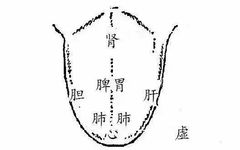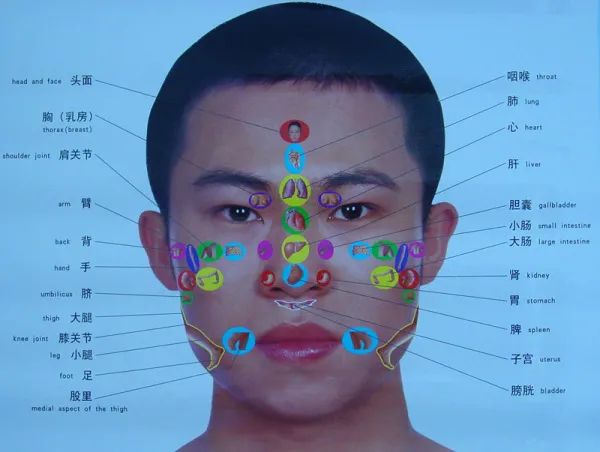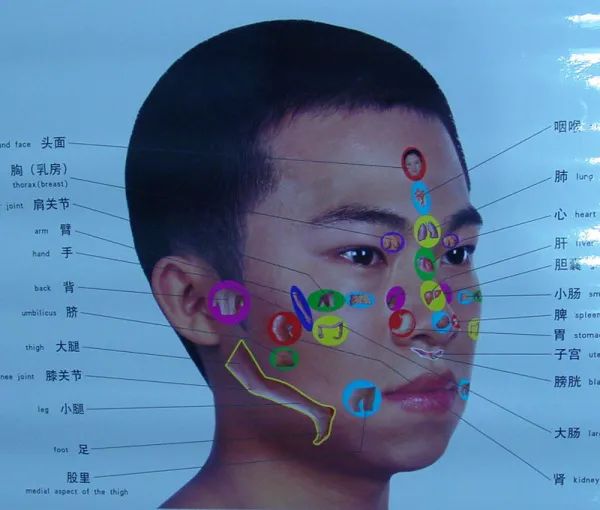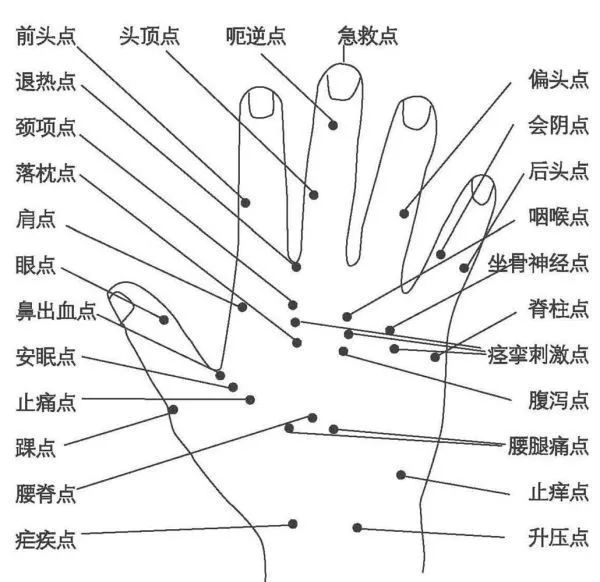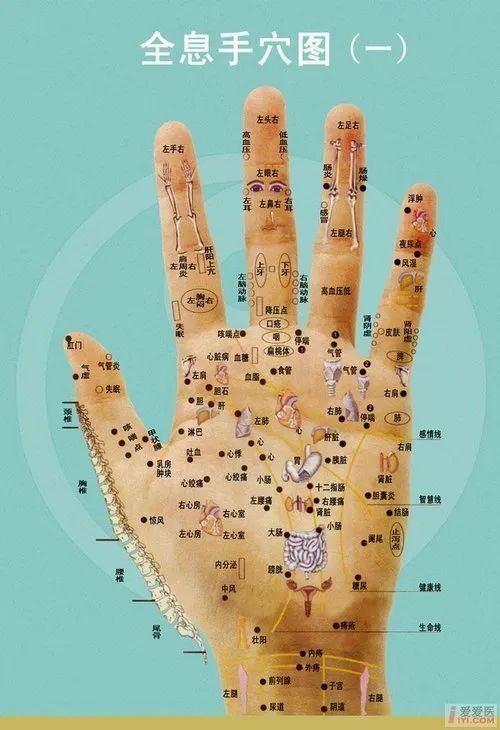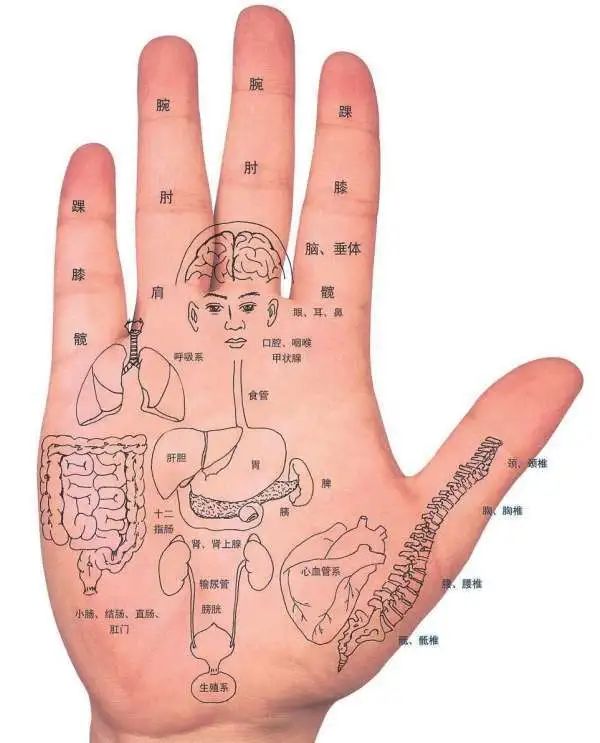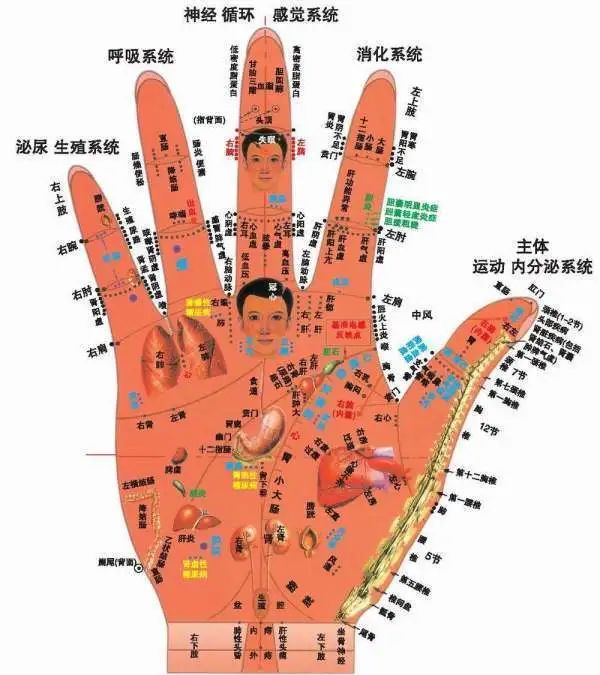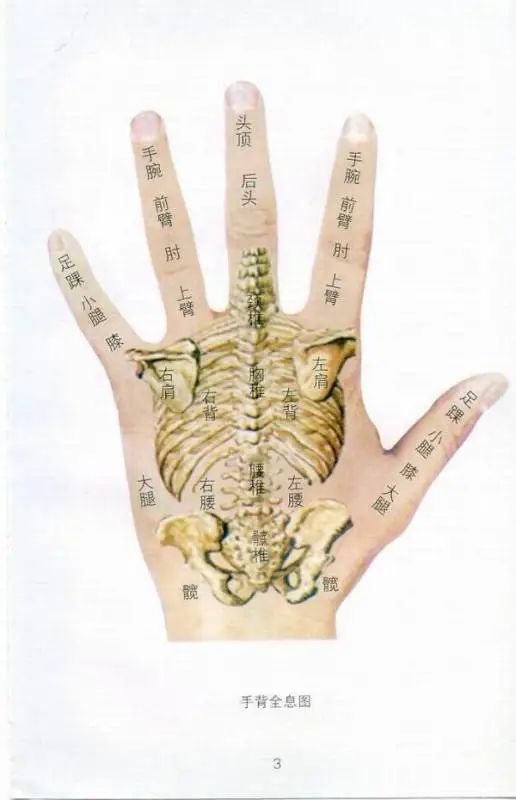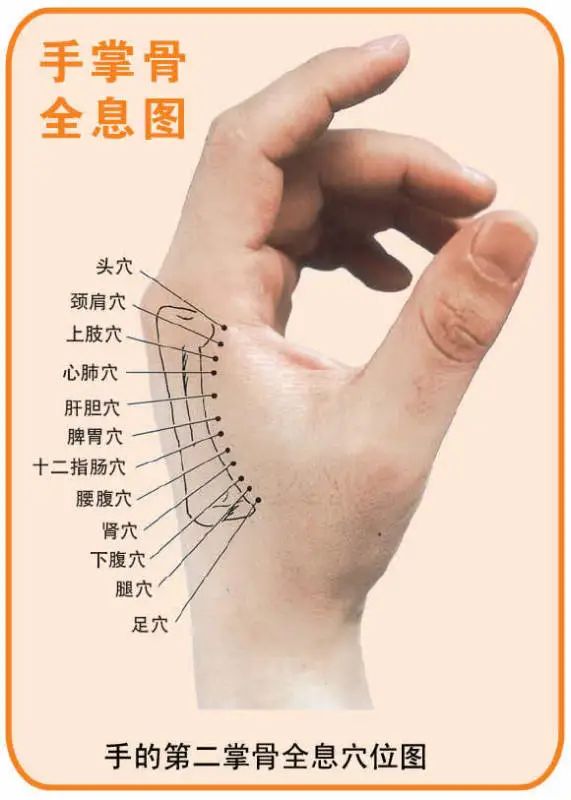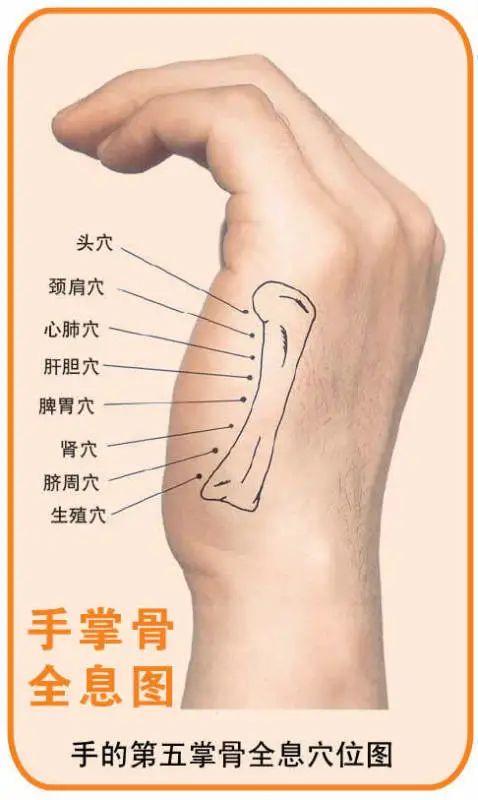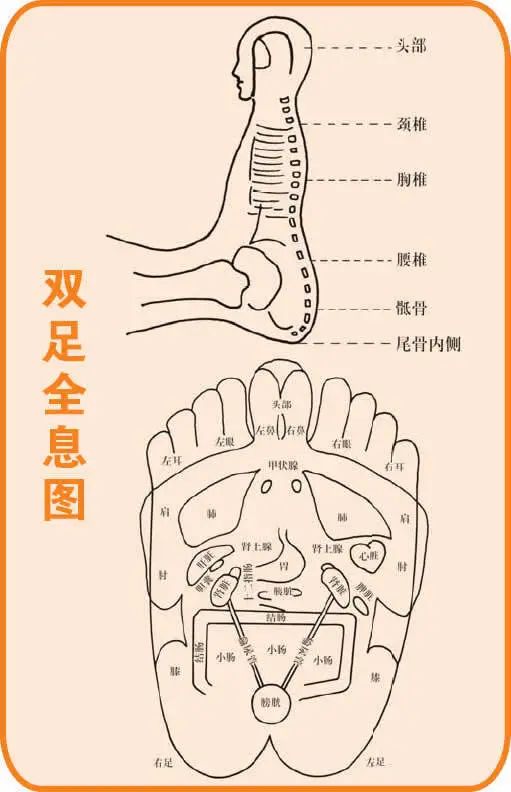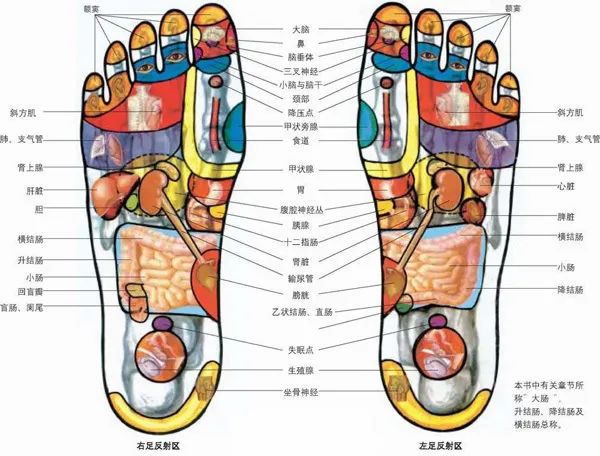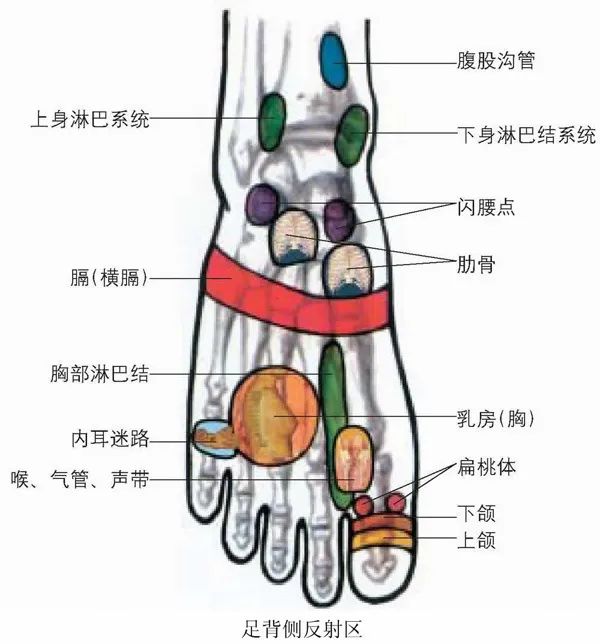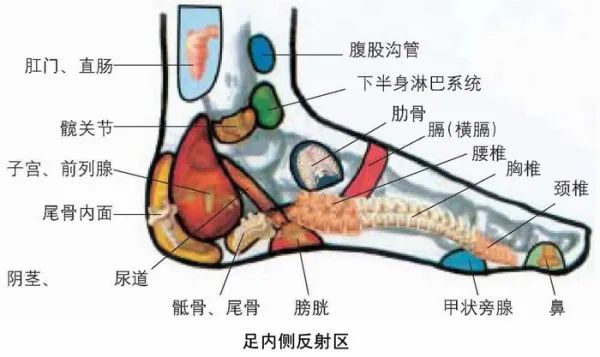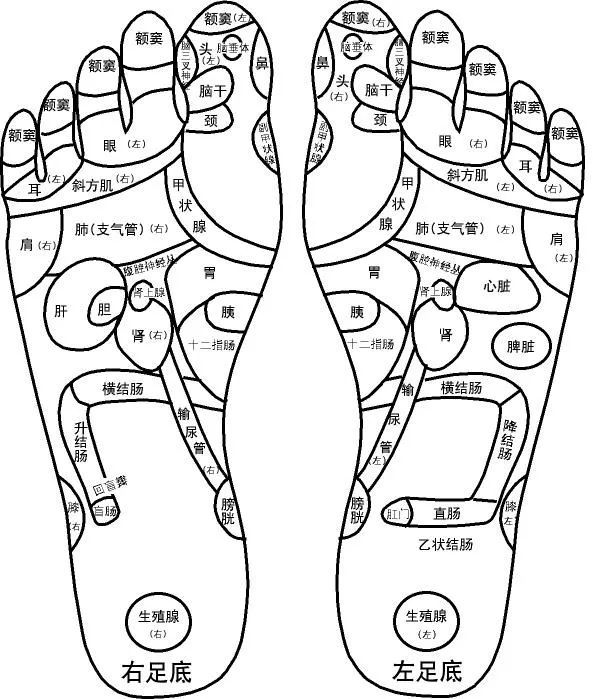1. Comprehensive Guide to Holographic Diagnosis
1. Diagnosis through Facial Color
1. Yellow: Indicates potential issues with the spleen and stomach, and digestive system;
2. White: Indicates potential issues with the lungs and respiratory system;
3. Red: Indicates potential issues with the cardiovascular system;
4. Blue: Indicates potential issues with the liver and gallbladder, and immune system;
5. Black: Indicates potential issues with the kidneys and bladder.
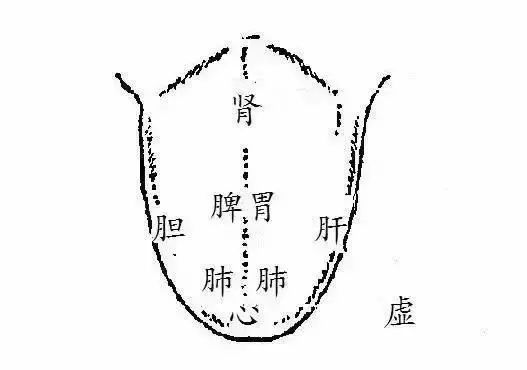
2. Diagnosis through Tongue Observation
The tongue of a healthy person is pink. If a person is unhealthy, it can be observed from the tongue:
1. A thick coating indicates poor spleen and stomach function;
2. A bluish root indicates kidney issues;
3. Imprints on the sides of the tongue indicate liver issues;
4. A pale tongue indicates heart issues, suggesting insufficient blood supply to the myocardium, poor circulation, and symptoms of anemia;
5. A dark purple tip indicates excessive heart fire, blood stasis, and blood viscosity;
6. Numerous small red spots on the tip may indicate myocarditis;
7. A blunt tip with a deep groove may indicate diabetes.
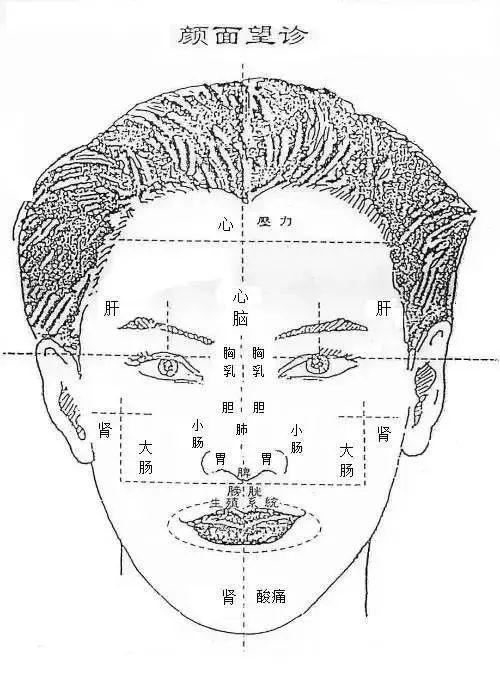
Facial diagnosis is primarily divided into eight major areas:
“Heart, Lungs, Liver, Kidneys, Spleen, Small Intestine, Large Intestine, Reproductive System”
Heart
Reflex Area (1): On the forehead from 1/3 to the hairline (the hairline circle)
1. The appearance of acne or a color difference in this area indicates significant physiological stress;
2. The presence of spots indicates heart disease (e.g., myocardial insufficiency);
3. Moles or blemishes in this area indicate congenital heart function insufficiency;
Reflex Area (2): On the bridge of the nose between the inner corners of the eyes
4. The presence of horizontal lines or prominent lines indicates arrhythmia or poor heart condition;
5. Deep horizontal lines and deep vertical lines on the tongue may indicate severe heart disease;
6. Individuals with heart issues often have a face full of red blood vessels, resembling many small insects crawling on the skin, indicating poor blood circulation.
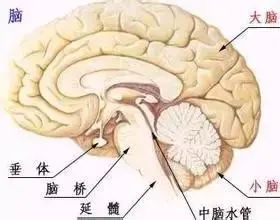
Brain
Reflex Area: Between the eyebrows
1. The presence of deep vertical lines and redness in this area indicates insufficient blood supply to the cardiovascular system, headaches, neurasthenia, vivid dreams, poor sleep, palpitations, and irritability;
2. A red and shiny appearance usually indicates high blood pressure.

Lungs
Reflex Area: Between the eyebrows and 1/2 down the forehead, at the Yintang position
1. If the Yintang area is red, it indicates recent upper respiratory infections;
2. A dark, blackish Yintang may indicate pathological changes, requiring early hospital examination;
3. A significantly sunken center of the forehead with dark, bluish, or spotted coloration indicates lung disease and difficulty breathing;
4. The presence of acne indicates recent colds or sore throats;
5. Moles or white spots on the eyebrow area indicate pharyngitis, tonsillitis, or chest tightness and shortness of breath, or lung disease;
6. A bulge above the eyebrows also indicates lung disease.

Liver
Reflex Area: The triangular area from the center of the eyebrows to the tail of the eyebrows, and the middle section of the bridge of the nose
1. If these areas are dark or spotted, it may indicate fatty liver;
2. The presence of acne in these areas indicates excessive anger;
3. Spots at the temples indicate weakened liver function;
4. Spots in the middle section of the bridge of the nose may indicate excessive anger, emotional instability, or menopause;
5. If both areas have prominent spots and the complexion is dark and dull, this person may have hepatitis or cirrhosis;
6. Moles in the center of the eyebrows and yellowing of the sclera indicate hepatitis B;
7. Soft, thin, dull nails with vertical lines that are prone to breakage indicate poor liver function;
8. A face full of dark spots indicates congenital liver function insufficiency.
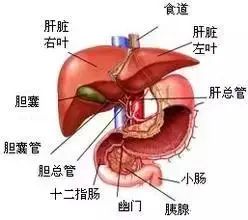
Gallbladder
Reflex Area: On both sides of the middle section of the bridge of the nose
1. The presence of red blood vessels, acne, or a bitter taste in the mouth upon waking indicates mild inflammation of the gallbladder;
2. Spots or shadows may indicate cholecystitis;
3. The presence of vertical lines or wrinkles when smiling indicates gallbladder issues;
4. Moles or blemishes in this area indicate congenital gallbladder function insufficiency;
5. If you place your right hand under your right rib (where the gallbladder is located) and strike it with a clenched left fist, pain in this area indicates cholecystitis;
6. Severe stabbing pain may indicate gallstones. Individuals with gallbladder issues may be overweight;
7. Prominent spots or moles under the eyes indicate gallstones. Dark circles under the eyes also indicate poor gallbladder function.
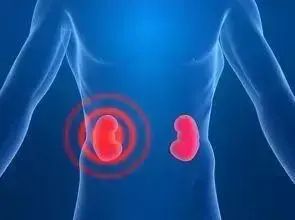
Kidneys
Reflex Area: The area where a vertical line from the outer corner of the eye intersects with a line from the middle of the ear down to the chin
1. The presence of bumps or dark spots in this area, not due to dirt or sun exposure, indicates poor kidney function;
2. Red blood vessels, acne, or spots in this area indicate kidney deficiency, often accompanied by fatigue and soreness in the lower back and legs;
3. Deep and large spots in this area may indicate kidney stones. Recent black moles or bumps on the ears may also indicate kidney stones;
4. Moles or bumps in this area indicate congenital kidney function insufficiency, which may also cause soreness in the lower back, legs, and back;
5. Deep crow’s feet at the corners of the eyes and vertical lines near the ears indicate declining kidney function;
6. The chin is the area associated with kidney soreness. If red spots or bumps appear in this area, it may indicate kidney inflammation.
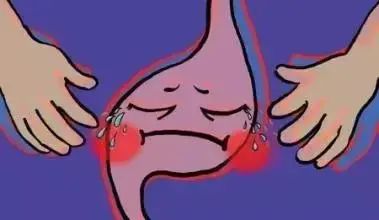
Spleen and Stomach
Spleen Reflex Area: At the tip of the nose;
Stomach Reflex Area: At the wings of the nose, with the depressions on both sides corresponding to the duodenum area
1. Pale, dry lips without redness, prone to cracking, indicate poor spleen and stomach function;
2. A red tip of the nose, rosacea, red blood vessels, black spots, or bumps indicate poor spleen and stomach function;
3. A white tip of the nose, especially pale, indicates spleen deficiency and may lead to anemia. A yellow tip also indicates spleen deficiency, with symptoms such as excessive sweating, aversion to wind, fatigue, and poor appetite;
4. A consistently dirty, black, oily nose tip, or the presence of bumps indicates poor stomach function;
5. If the wings of the nose are red, it indicates stomach fire, leading to hunger and bad breath. Severe red blood vessels usually indicate gastritis;
6. If the wings of the nose are grayish-blue, it indicates stomach cold, and a handshake may reveal cold fingertips, indicating abdominal pain and diarrhea due to wind-cold;
7. Spots or moles in the spleen area may indicate spleen enlargement, while spots and moles in the stomach area may indicate ulcers or other pathological changes.
Abdominal pain before meals usually indicates gastritis.
Abdominal pain one to two hours after meals is usually due to gastric ulcers, with tenderness in the middle or slightly to the left of the abdomen.
Abdominal pain two to four hours after meals is usually due to duodenal ulcers, with pain near the center of the ribs, resembling a needle-like sensation, and severe cases may radiate to the back, with tenderness slightly to the right of the abdomen.
Small Intestine
Reflex Area: Just below the cheekbone, towards the inner side
If this area has red blood vessels, acne, spots, moles, or blemishes, it indicates poor small intestine function, often leading to loose stools.
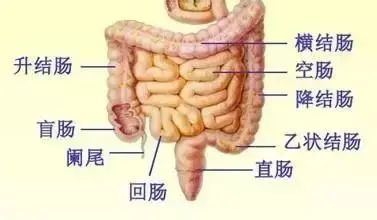
Large Intestine and Rectum
Large Intestine Reflex Area: Just below the cheekbone, towards the outer side, from the eye to the outer corner of the eye down to the corner of the mouth
1. If this area has red blood vessels, acne, spots, moles, or blemishes, it indicates dysfunction of the large intestine, often leading to dry stools and constipation;
2. If this area has crescent-shaped spots, it indicates constipation or hemorrhoids;
3. A dark red large intestine area indicates irregularities, suggesting colitis.
Rectum Reflex Area: The intersection of the line from the base of the nose and the line from the outer corner of the eye
4. Spots in this area indicate hemorrhoids; if this area is red or has white spots, it may indicate rectal cancer.

Bladder
Reflex Area: On both sides of the philtrum at the base of the nose
1. If this area is red, with red blood vessels, acne, or sores, it indicates cystitis, which may lead to symptoms such as yellow, frequent urination; cystitis can also cause lower back pain;
2. Wrinkles in the bladder area may indicate kidney atrophy, while red acne indicates inflammation, and subsequent black moles may indicate pathological changes.
Reproductive System
Reflex Area: Around the philtrum and lips
1. If a woman has moles or blemishes below her lips, and the kidney reflex area is smooth, it indicates a retroverted uterus and lower back pain;
2. If a woman has moles or blemishes around her lips, and the kidney reflex area is also poor; or if a woman’s lips are bluish, dark, or pale, and the kidney reflex area is also poor, these two conditions usually indicate coldness in the body;
3. If a woman has bumps on her philtrum, it usually indicates uterine disease;
4. If a man has moles or blemishes around his lips, and the kidney reflex area is also poor, it indicates reproductive system issues;
5. If a man’s upper lip is uneven, with grooves and vertical lines, it indicates male sexual dysfunction.
Chest and Breasts
Reflex Area: The slope of the bridge of the nose between the eyes
The presence of moles and spots in the breast area may indicate breast hyperplasia and tumors.
Originating from TCM thinking.
2. 19 Holographic Pulse Diagnosis Techniques:
1. The head corresponds to the distal end of the cun pulse. The neck projects onto the middle of the cun pulse. 2. The chest cavity and organs project onto the entire cun pulse. 3. The liver, gallbladder, spleen, and pancreas project onto the distal end of the guan pulse. 4. The kidneys and adrenal glands correspond to the proximal end of the guan pulse. The pelvic organs correspond to the chi pulse. 5. The skin, muscles, etc., project onto the edges of the pulse. 6. The radial edge corresponds to the lateral and posterior soft tissues of the body and related painful conditions; the ulnar edge corresponds to the abdominal tissues near the midline. 7. A weak chi pulse indicates cold limbs and poor intestinal function. Menstrual, reproductive, and sexual function issues. A strong guan and chi pulse indicates strong sexual function; any weakening indicates dysfunction. 8. Referred pain from internal organs often reflects on the body surface and appears as edge pulses. 9. The shape of internal organs is round, and the pulse qi at the cun pulse is a point (pulse halo point); the shape of internal organs and muscles is linear, and the cun pulse halo appears linear. In the early stages of organ inflammation (hyperemia phase), the pulse halo is floating. 10. The pulse position of solid organs is often deep, and during pathological changes, their pulse strength is often strong. Hollow organs often have floating and weak pulses. 11. When the pulse position is deep, weak, or absent, it often indicates weakened organ function, reduced size, or surgical removal. 12. In the early stages of nerve compression, pulse strength may increase; in the later stages, the corresponding organ’s pulse qi will weaken, related to nerve function damage (e.g., lumbar disc herniation), with aseptic inflammation of the lumbar muscles, fascia, and nerves presenting as pulse shapes with edge pulses, and the spinal pulse sensation is also edge pulse but in a deep position. 13. In normal individuals, the left chi pulse is always weaker than the right chi pulse. 14. The left cun corresponds to the heart and throat; the right cun corresponds to the lungs and trachea, the middle cun corresponds to the tonsils, thyroid, and lymph nodes; the spleen and stomach are on the left, and the liver and gallbladder are on the right; the right guan and chi pulse has the widest sensing range, with menstruation sensed in the right guan and chi pulse, the rectal pulse position at the lower end of the chi pulse, the reproductive pulse position at the right chi end, and the urinary and prostate pulse positions at the lower ends of both chi pulses, with the upper and lower limbs overlapping at the radial edge of the chi pulse, and the cervical and occipital areas at the radial edges of both cun pulses. 15. A strong left guan pulse often indicates spleen enlargement or cervical lymphadenopathy. 16. A strong left guan pulse with pathological points in both chi pulses, with a rapid pulse, suggests mesenteric lymphadenitis. 17. The pulse pattern of diabetes is characterized by arterial pulses plus left chi pulse halo points; based on the strength and size of the left chi pulse halo points, one can generally infer the blood sugar levels and treatment effects for diabetes. The pulse pattern of gout is similar to that of diabetes; based on the size of the left guan pulse halo points, one can generally judge the uric acid levels and treatment effects for gout. 18. A turbid pulse and a deep right guan pulse indicate fatty liver. A string-like pulse with deep strength in both guan pulses suggests cirrhosis and liver-spleen enlargement. 19. A strong and solid guan and chi pulse indicates ipsilateral lumbar disc herniation; bilateral cun pulses with edge pulses indicate cervical spondylosis; unilateral cun edge pulses indicate ipsilateral shoulder periarthritis.
3. Holographic Maps
|
|
Appendix: Holographic Gua Sha Therapy:
Scraping the Thumb — For Cough, Chest Tightness, and Sore Throat
Scraping the Thumb — The thumb corresponds to the lung meridian, which governs qi and respiration. If the lungs are not functioning well, symptoms such as cough, chest tightness, and sore throat may occur. Therefore, when experiencing cough or chest tightness, scrape the outer side of the thumb and pull outward.
Scraping the Index Finger — For Constipation, Diarrhea, and Indigestion
Scraping the Index Finger — The index finger corresponds to the large intestine meridian, which corresponds to the large intestine and stomach. Therefore, individuals who frequently experience constipation, diarrhea, or indigestion should scrape the index finger.
Scraping the Middle Finger — For Palpitations, Chest Pain, and Insomnia
Scraping the Middle Finger — The middle finger corresponds to the pericardium meridian. If there are issues with the heart, symptoms such as palpitations and chest pain may occur, and scraping the middle finger can help.
Additionally, since the heart governs the mind, individuals with poor sleep may also have issues with the pericardium meridian, and this action can be performed regularly.
Scraping the Ring Finger — For Migraine and Neck and Shoulder Pain
Scraping the Ring Finger — The ring finger corresponds to the San Jiao meridian, so individuals who frequently experience migraines or neck and shoulder pain may have poor qi and blood circulation, and scraping the ring finger can help.
Scraping the Little Finger — For Weakness and Susceptibility to Colds
The little finger corresponds to the small intestine meridian. If the small intestine meridian is not smooth, it can affect nutrient absorption, leading to malnutrition over time, with mild cases resulting in hair loss and severe cases leading to weakness and low immunity, making one susceptible to colds.
Therefore, regularly clearing the small intestine meridian can help with nutrient absorption, making the ingested food more effectively utilized, enhancing immunity, nourishing hair, and strengthening the body.
Patting the Back of the Hand — For Lower Back Pain and Lumbar Disc Herniation
The Huang Yaoshi Holographic Hand Therapy technique believes that the hand contains reflex zones for various internal organs. The back of the hand corresponds to the lumbar region, so individuals with frequent lower back pain should pat the back of their hands regularly.
The specific method is: one hand pats the back of the other hand, alternating, with each hand patting 50-100 times. This can help clear the meridians and qi and blood in the lumbar region, achieving therapeutic effects.
Patting the Palm — For Regulating the Internal Organs
There are many acupoints on the palm, and many meridians and internal organs have reflex zones on the palm. Therefore, to maintain good health, one should pat the palm frequently. It doesn’t matter if you are unfamiliar with the corresponding effects of the acupoints; just pat the hands 100 times daily to help clear the meridians, promote blood circulation, and strengthen the internal organs, achieving health benefits.
Through years of clinical practice in bone-setting and acupuncture, Huang Yaoshi believes that the hands are not only tools for humans to transform nature but also reflect the health status of our internal organs. The shape, color, temperature, and palm lines of our hands convey information about our health. In other words, a single palm can reveal changes in our skin, muscles, bones, qi and blood, and internal organs, allowing us to assess the condition, cause, and progression of diseases. A large amount of research data indicates that most diseases manifest in the hands, making them a barometer of our health.
(Reprint Statement: This article is reprinted from the internet, and the copyright belongs to the original author. If there is any infringement, please contact us for deletion!)

